Tropical perennial plants called elephant ears are cultivated more for their attractively big leaves than for their flowers. The elephant ear plant has long been a mainstay in residential gardening, but this exotic-looking beauty also thrives in enclosed spaces. An elephant ear plant is a fantastic option for anyone who wants to add some drama to their houseplants because of its gorgeous leaves and simplicity of care.
The popularity of this lovely plant makes it worthwhile to learn more about its advantages. In this article, we will go through Elephant Ear Plant Benefits.
If you are interested in houseplant benefits, you can also read
<<Snake Plant Benefits>> and <<Jade Plant Benefits>> articles.
What is the Elephant ear plant?
Plants species belonging to the genera Colocasia, Alocasia, and Xanthosoma go by the common name “elephant ear.” Taro, also known as Colocasia esculenta, is the most popular among these species.
These quick-growing plants are often planted in the spring after all threat of frost has gone, and soil temperatures have warmed to at least 70 degrees Fahrenheit. They will reach their full size within two months. You can also plant them later in the spring [1].
Elephant ears are typically cultivated outdoors due to their height, which ranges from 3 to 5 feet (1 to 1.5 meters). However, they can also be kept indoors [2].
Elephant ear plants come in two main varieties [3]:
- Colocasia is a plant usually planted outside since its leaves enjoy full sun and have pointed tips that point downward.
- Alocasia, which has upward-facing leaves, is a popular indoor plant species because it can survive in light shade.
source: Joegoauk Goa
Elephant ear plant Benefits
Elephant ear plant benefits are numerous. The benefits of this plant can be categorized in three ways.
1) Elephant ear plant indoor benefits
air purifying
The elephant ear philodendron is one of the best plants to use as a natural air filter. By enhancing and revitalizing the air quality, this plant plays a crucial part in filtering the pollutants, off-gases, and airborne allergens. This plant is a beautiful and eye-catching houseplant that can be grown indoors and outdoors [4].
Note: Elephant ear plant leaves are toxic to children and pets
Impressive looking in home environment
Aesthetic value is another elephant ear plant indoor benefit. Elephant ear plants are highly striking and have enormous leaves. They may add drama and a strong focal point to any interior environment. Variegated green, purplish-black, and green-white are all possible leaf colors of this plant.
source: Clyde Robinson
2) Health benefits of taro roots
Colocasia esculenta root, often known as taro root, was first planted in Asia but is now popular worldwide. Its white flesh is flecked with purple and has brown outer skin. It cooks up with a potato-like texture and a subtly sweet flavor.
Taro root is a fantastic source of fiber and other minerals. The potential health benefits of taro root include better blood sugar control and heart health [5].
Taro root has reasonable amounts of nutrients such as fiber, potassium, magnesium, and vitamins C and E. This nutrient root has several health advantages. Some of the vital benefits of taro roots are as below [5]:
Controls Blood Sugar
Despite being a starchy vegetable, taro root has two kinds of carbohydrates that are good for controlling blood sugar: fiber and resistant starch.
Fiber is a carbohydrate that humans cannot digest. It does not affect blood sugar levels since it is not absorbed. Additionally, it aids in delaying the digestion and absorption of other carbohydrates, lowering the risk of significant blood sugar increases following meals.
Taro root also has a unique form of starch called resistant starch, which is indigestible by humans and does not affect blood sugar levels. One of the best sources of this vitamin is cooked taro root, which contains about 12% resistant starch.
Taro roots – source: Ted McGrath
Reduces the Risk of Heart Disease
Taro root’s fiber and resistant starch may also lower your risk of developing heart disease. According to studies, persons who eat more fiber typically have lower incidences of heart disease.
This is thought to be caused partly by fiber’s ability to decrease cholesterol. The resistant starch found in taro root also lowers cholesterol and has been associated with a lower risk of heart disease.
Anticancer Properties
Polyphenols are plant-based substances found in taro roots and have several health advantages, including the potential to lower cancer risk.
Quercetin, the primary polyphenol in Elephant ear root, is also present in significant quantities in onions, apples, and tea.
Additionally, this root has an effective antioxidant that guards your body against excessive free radical damage, which has been related to cancer.
Help Weight loss
Due to Taro root high fiber and resistant starch content, this root may boost feelings of fullness, lower overall calorie intake, and increase fat burning, potentially resulting in weight loss and decreased body fat.
Good for Gut
Elephant ear root may benefit intestinal health because it is high in fiber and resistant starch.
Fiber and resistant starch do not get digested or absorbed by the body; therefore, they stay in the intestines. When they reach your colon, they feed the beneficial bacteria in the gut and become food for the microbes.
Short-chain fatty acids are produced when gut bacteria ferment these fibers, nourishing the cells that line your intestines.
3) Health benefits of elegant ear leaves (taro leaves)
Most often, when discussing the benefits of elephant ear plants, people focus on their roots. However, taro leaves are beneficial and have several health benefits for humans.
As previously mentioned, elephant ear plants’ leaves are dangerous to humans and animals. Therefore, if you want to benefit from their medicinal properties, you must eat them cooked.
Elephant ear leaves are low-calorie, high-potassium, high-folate, and high-vitamin C green leafy vegetables. Taro leaves have an excellent nutritional profile, which could provide several health benefits. The following are some of the main health benefits of elephant ear plant leaves [6]:
Alocasia- source: Bernard DUPONT
prevents diseases
Foods rich in antioxidants may aid in the reduction of potentially dangerous chemicals known as free radicals. Free radicals can promote inflammation in the body, which can accelerate many illnesses, including cancer, autoimmune diseases, and heart disease.
Vitamin C and polyphenols, two prominent antioxidant substances, are both abundant in Elephant ear plant leaves. As a result, regularly consuming cooked taro leaves may help your body produce fewer free radicals, which will help you prevent disease.
A healthy addition to a balanced diet
Taro leaves are a healthy and adaptable food that goes well with any diet. They contain extremely few calories and little fat and carbohydrates, making them a great food to support healthy body weight.
These leaves also contain a lot of water, with 92.4 percent of them being water. It has been demonstrated that foods with high fiber and water contents help with weight management by encouraging feelings of fullness after meals.
boosts heart health
Taro leaves fall into a vegetable category called dark leafy greens, including vegetables like spinach, kale, and Swiss chard.
Dark leafy greens are low in calories, high in fiber and rich in micronutrients. That is why Taro leaves help to support healthy body weight, improve heart health, and prevent disease.
source: lexfinch
How to Neutralize Poisonous effects of elephant ear plant
When eating taro leaves, one crucial safety precaution to be mindful of is their toxicity when consumed uncooked. Oxalate is present in high concentrations in taro leaves.
Although many foods, including spinach, beans, soy products, and beets, contain oxalates, the quantity is too little to have any toxic effects. While taro leaves are harmful when eaten raw, younger leaves contain more oxalates than older leaves.
It’s also crucial to remember that some people itch while handling raw elephant ear leaves, so wearing gloves may be a good idea.
Elephant ear leaves must be cooked until they soften, which only takes a few minutes when boiling or 30 to 60 minutes when baking. This deactivates the harmful oxalates in the leaves.
Taro leaves can also be cleaned of toxic oxalates by soaking in water for 30 minutes to a day. They are safe to eat for most people when these procedures are done.
Although Elephant ear plant benefits are numerous, due to their high oxalate content, their leaves should be avoided entirely by those who are at high risk for kidney stones.


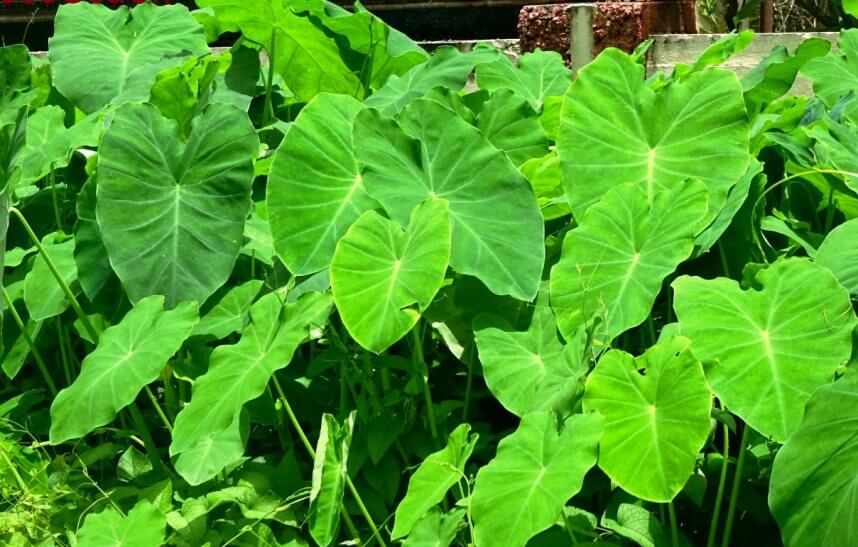
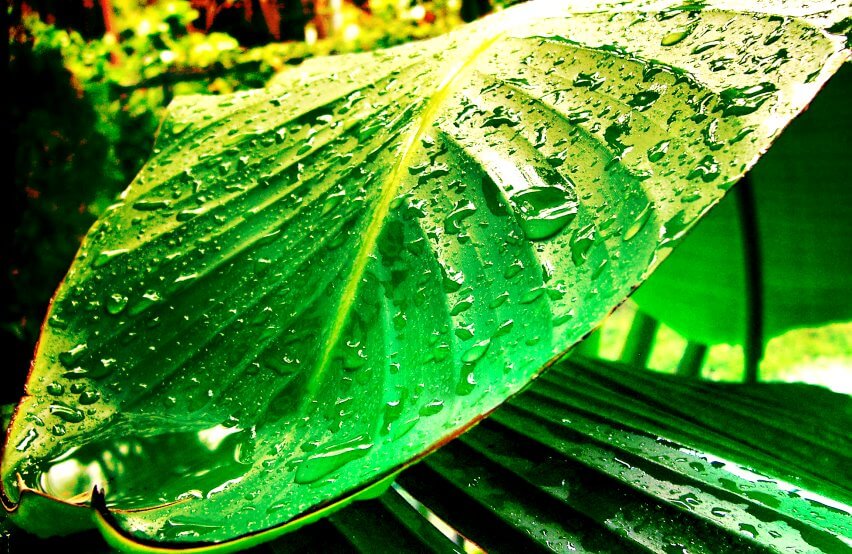
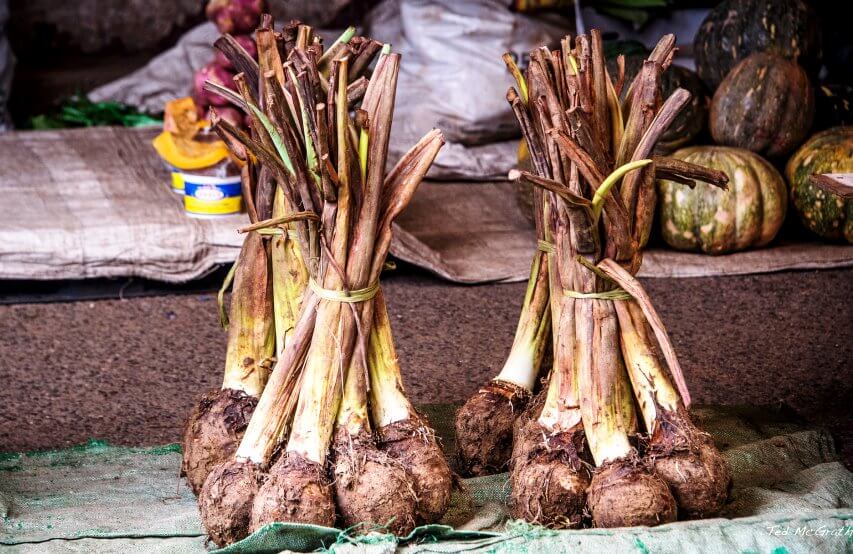
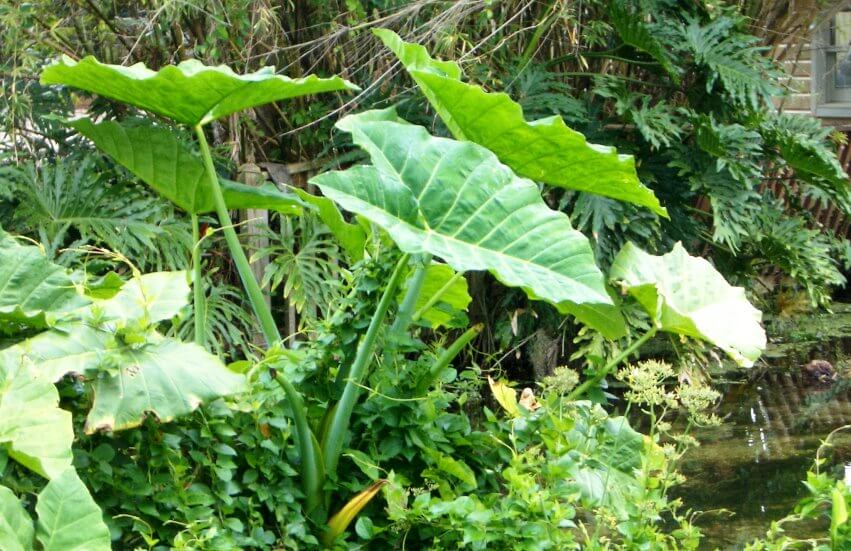
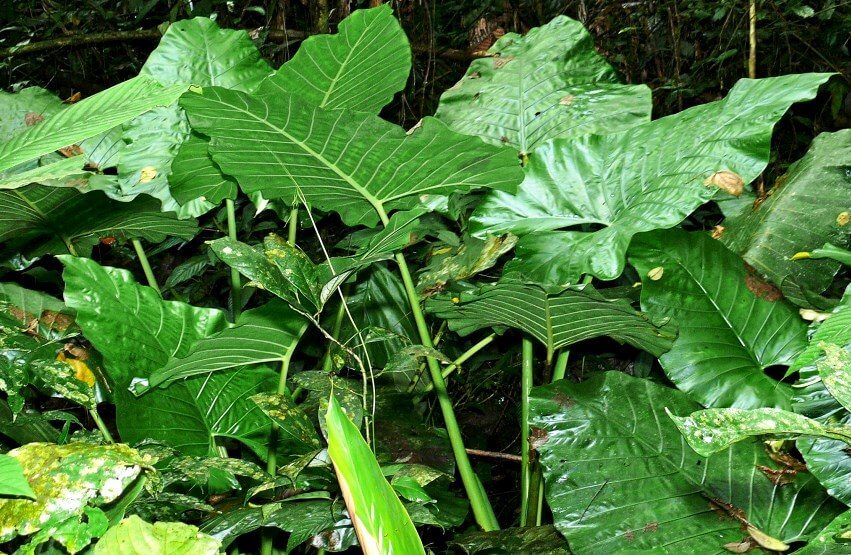



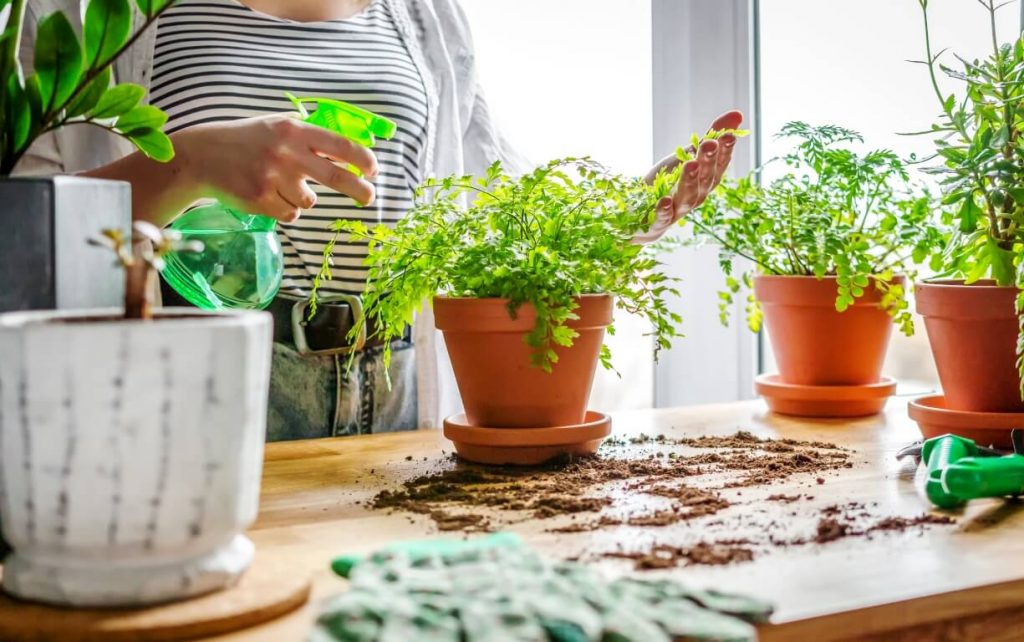

Here is a BENEFICIAL comment for whoever gets CANCER, NO MATTER AT What Stage; This is not an advertisement; I put this info here just for the sake of HELP no more no less..
As I know that many of the cancer patients of my nationality have got an EXCELLENT result after using a certain Elephant Ears Plant (the bulb I think) [separately] with Papaya leaves {Decoction in an hour or so, of 200 gr E. Ears bulb and 200 gr of PPya peduncles & leaves combined; TAKING SEPARATELY 3 times/day) yields curative results for ANY cancer tumors whatsoever. Besides, it also treats heavy hemorrhoids, chronic kidney problems, …). For whoever gets cancer, you just phone to (011)(84)969977343 (011 Exit code from USA or CANA), (84 Vietnam country code); this person offers free of charge those 2 components to my people, so I ASSUME he also do the same for everybody. I possibly could serve as a link as very likely he does not know English. My email is [email protected].
NOTE : The 200 gr or so, bulb (not the leaves; but I will have to phone and ask him about this) CANNOT be eaten (as it causes bad effect exactly as described in this website) BUT MUST be decocted about 1 hour (say 45′), only the water is to be taken. The same for the 200 gr of Papaya peduncle and leaves. The dosage varies from 100 gr to 250 gr for each one, depending on how big the cancer tumor is. Say a patient has her cancerous tumor of uterus as big as nearly the size of an orange (!) reported after taking [tentatively a dosage of] 250 gr [of decocted herbal water] of each of the 2 components (3 times per day), was free of that hellish cancer (after a couple of weeks) that NONE of the medical doctors could get rid of (in VN there are also hospitals where doctors from abroad [say Isa, Cana] work permanently. The dosage basically varies with the apparent size of the tumor and your body toleration; so, 1oo gr could be set as standard dose.
Note : The Elep. Ears plant has high amount of Oxalate Calc. so you have to weight yourself the pros and the cons before using it.
* There are various plants for cancer. As far as I know, up to now, there are 2 that know through either research or info, that they DO SUCCESSFULLY cure cancer, after a couple or more of months of use, These 2 plants are : The Elephant Ear plant & The “Hedyotis Diffusa” [Oldenlandia Diffusa {Bai Hua She Cao Cao – 100 to 200 gr/day]. BY THEMSELVES, not with any conventional form of western treatment whatsoever. I
But it’s your health so you decide for yourself. What I put set forth here is a just a simple suggestion for you to decide for yourself in case you get the hellish cancer disease, or a strong suggestion if you are at the end of the rope !